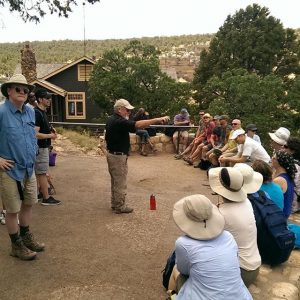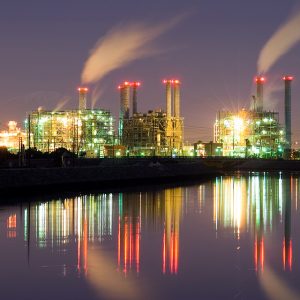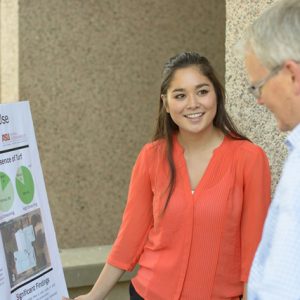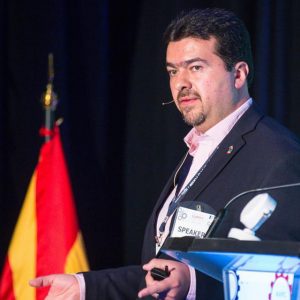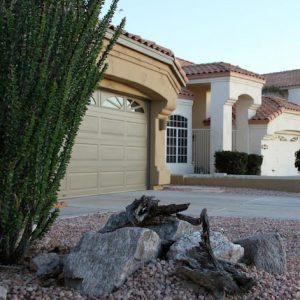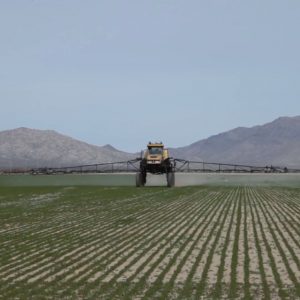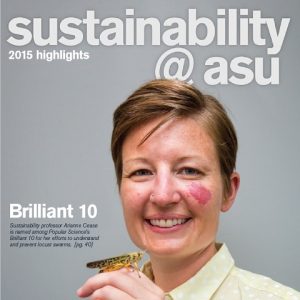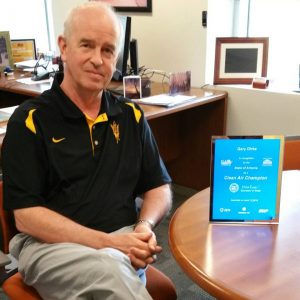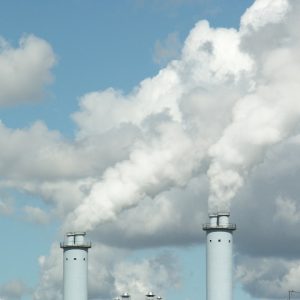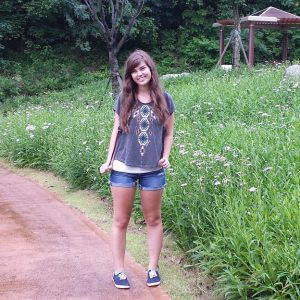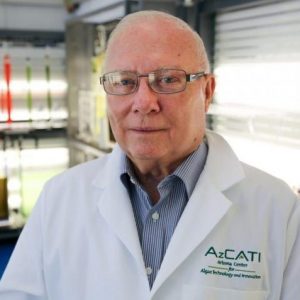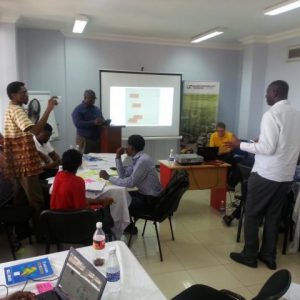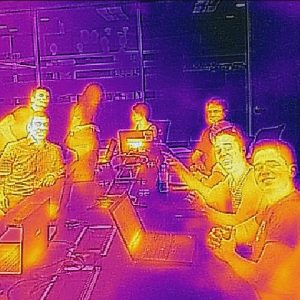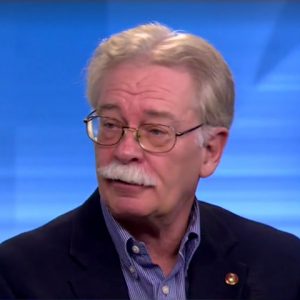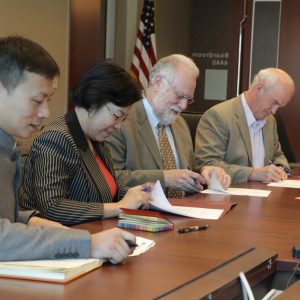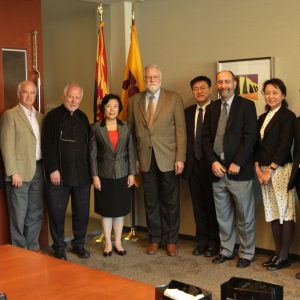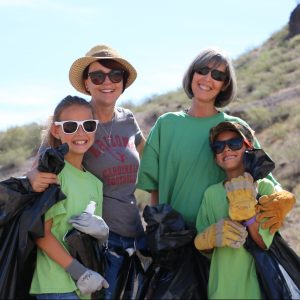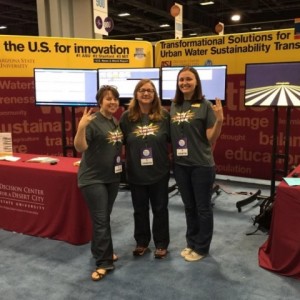Students study culture and sustainability in Morocco
View Source | June 27, 2016
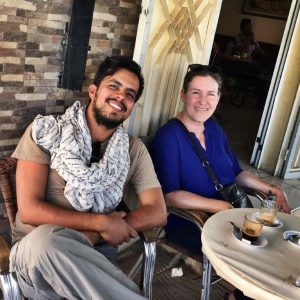 For the fourth year in a row, the School of Sustainability sponsored a study abroad excursion to Morocco, where Arizona State University students studied the complexities of sustainable development.
For the fourth year in a row, the School of Sustainability sponsored a study abroad excursion to Morocco, where Arizona State University students studied the complexities of sustainable development.
Senior Sustainability Scientist Mary Jane Parmentier – who served as a member of the Peace Corps in Morocco in the 1980s and has maintained contacts there – led the program. Students learned about the differing priorities among the unique cultures in this North African nation, then digested that knowledge during nightly meetings.
The study abroad program has evolved from year to year, becoming more culturally immersive and focused on evaluating sustainability solutions that are being implemented in host countries. For more updates from this excursion and others, visit the Global Sustainability Studies Program's blog.


